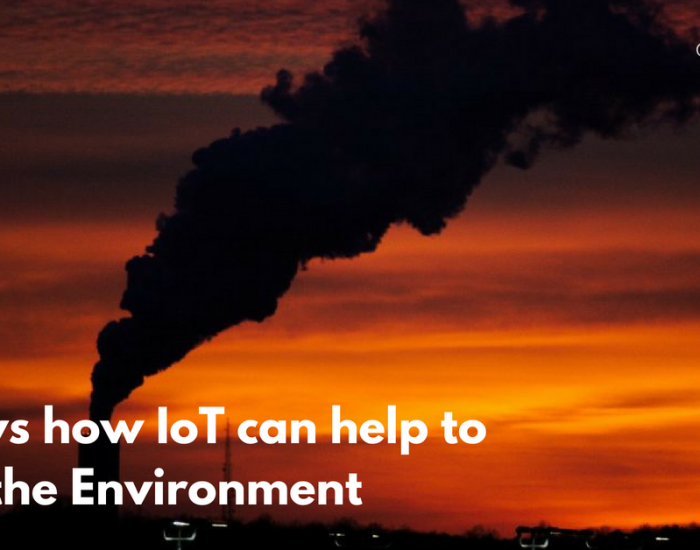2022 is shaping up to be a big year for IoT application development. With more and more businesses turning to the internet of things (IoT) in order to improve their operations, there’s never been a better time to be an IoT developer. In this blog post, we’ll explore why app developers are in high demand and what you can do to prepare yourself for this exciting future sector. We’ll also provide some tips on how to get started as an IoT developer today.
The Rise of IoT
The rapid growth of IoT has created a new market for application development, with companies looking for ways to put their products into the hands of consumers. The demand for developers who can create innovative applications that take advantage of the technology is high, and the salaries are correspondingly higher.
One of the most popular IoT technologies is augmented reality (AR). AR applications allow users to see digital objects in their real-world surroundings, adding an extra layer of interactivity and immersion. This allows businesses to provide customers with supplementary information about products or services while they are using them.
Another area where developers are in demand is machine learning (ML). ML programs allow computers to learn from data without being explicitly programmed, making them ideal for tasks such as predicting future outcomes or detecting patterns. This technology has been used extensively in financial prediction and fraud detection, among other areas.
As the number and variety of IoT applications grow, so does the need for skilled developers. Those who are able to develop successful applications will be highly rewarded financially, thanks to the growing popularity of IoT technology.
What is IoT?
IoT stands for “Internet of Things”, which is a growing category of applications that allow devices to collect and share data. IoT applications can be used for a variety of purposes, such as tracking vehicle maintenance, managing energy consumption, and providing real-time insights into factory operations.
There are many different types of IoT applications, but the most common ones involve sensors and devices that connect to the internet. Sensors collect data about things like temperature, humidity, and pressure; while devices include everything from cars to appliances to medical devices.
The main challenge in developing IoT applications is ensuring that the data collected by the sensors are properly processed and analyzed. This requires special software tools and expertise, which is why there is a growing demand for IoT application developers.
Benefits of IoT for Businesses
IoT is quickly becoming an essential part of business operations, with a number of tangible benefits for businesses. IoT allows companies to collect data from physical devices in real-time, making it easier to monitor and manage operations. By automating processes and improving communication between teams, IoT can help businesses identify and fix problems early. Additionally, by leveraging cloud-based services, businesses can automate tasks and remotely access resources when needed. Finally, by deploying smart sensors and devices across the enterprise, IoT can help companies improve security and optimize operations.
How to Develop an IoT Application
This article will outline the basics of how to develop an IoT application. The first step is understanding what the acronym “IoT” stands for. IoT stands for Internet of Things, which is a term used to describe the ever-growing trend of incorporating machine-to-machine (M2M) communication into everyday life. Devices that fall under this umbrella can include anything from smart home devices to industrial machines.
Once you understand what IoT is, you need to decide what kind of app you want to create. There are many types of IoT apps available, such as business applications, home control applications, health care applications, and more. Once you have decided on the type of app you want to develop, the next step is understanding how to build one.
There are several different development platforms available for building IoT apps. Popular options include Google’s Android Studio and Apple’s Xcode. Both platforms come with comprehensive documentation and support communities that make it easy to get started. In addition, there are a number of other mobile development frameworks available that make developing IoT apps easier than ever. These include Ionic Framework and React Native.
Once you have completed your research and chosen a development platform, the next step is creating a prototype or demo app using that platform. This allows you to test out your ideas and see how they work before investing additional time and resources into them. It also allows potential users or clients to see how your
Conclusion
The demand for IoT application development is on the rise, and with good reason. Technology has the potential to make our lives easier in so many ways, from controlling household appliances to managing transportation systems. If you’re interested in learning more about this growing field, be sure to check out some of the online courses available or attend a boot camp where you will have access to top-notch instructors who can teach you everything you need to get started as an IoT developer.
The Internet of Things (IoT) is a new way to connect your business with the outside world. By connecting devices and sensors to the internet, you can collect data about your customers and products in real time. This information can be used to improve your business operations or provide valuable insights for marketing purposes. If you’re interested in exploring how IoT could benefit your business, check out our website for more information – www.goodworklabs.com






